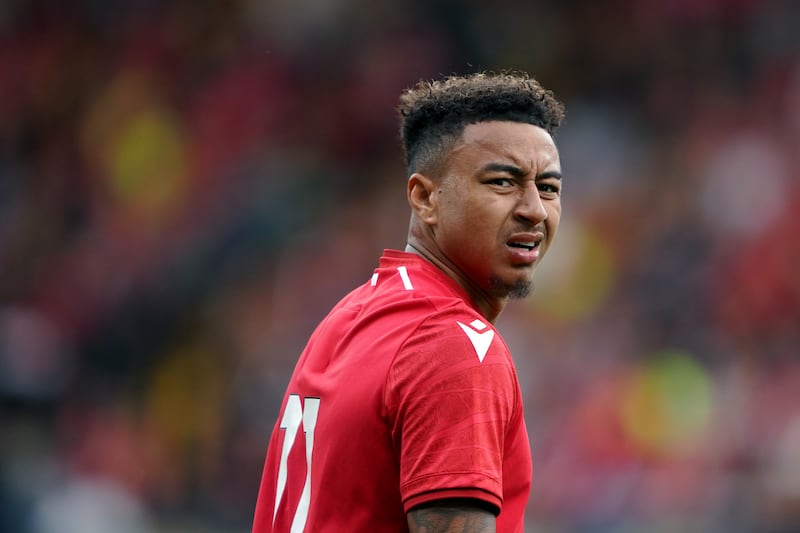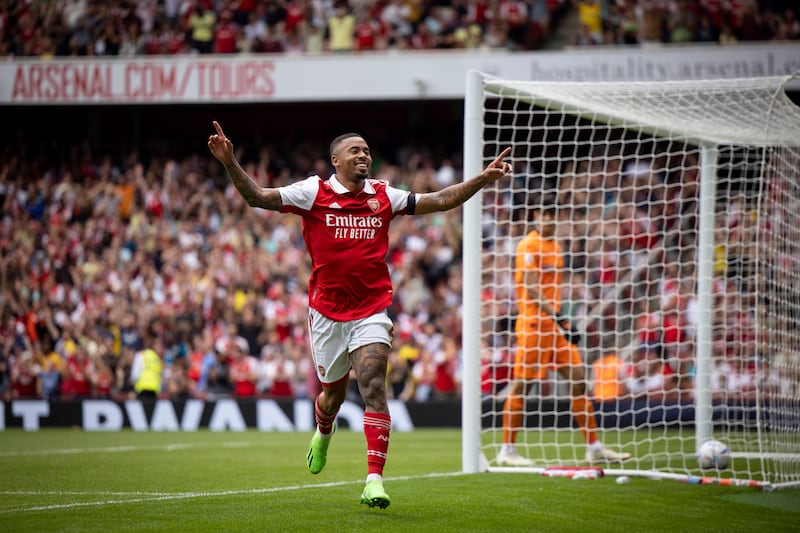The bible quickly arrives in the post as soon as promotion is secured. This season’s Premier League Handbook runs to 666 pages, and for new inductees to the faith its every word may as well be gospel. For example, there are 15 separate rules on floodlights (which must provide an average illuminance of at least 1000 lux, measured from 96 precise locations on the field). The press box must seat at least 50 journalists (up from 40 in the Championship). Television commentary positions must be at least three metres wide and one metre deep. Kit suppliers must be informed in writing about the Premier League’s ban on minimum pricing. And on and on it goes, a bureaucratic epic that if nothing else demonstrates the extent to which this product is curated, delimited, plotted out to the tiniest degree.
Order out of chaos: this is the very essence of the Premier League, in many ways the very essence of football. You plan and you scheme and you train in the distant hope that after nine months, a little truth finally emerges from the melee. But it never quite turns out that way. There is always some eventuality or circumstance that has not been anticipated in advance, some untameable force that only becomes apparent in retrospect. Given a long enough timeline, chaos always wins.
Everyone knew this season was coming for seven years. The decision to move the Qatar World Cup was announced by Fifa in 2015, but for most of the intervening period the colossal upheaval has simply been a vague blur on the horizon. Besides, of all the atrocities of Qatar 2022, fixture disruption was always some way down the list. Now the consequences can no longer be swerved. For the first time in the history of English football, a domestic campaign will be bisected by a men’s World Cup.
After we have accustomed ourselves to the weirdness of it all — a slightly easier task in the post-Covid world — comes the basic question of how it might play out. One school of thought goes that the biggest clubs, with a galaxy of top international stars slugging it out for a month in the desert heat, will suffer most. Manchester City lose their entire defence. Nottingham Forest, with the probable exception of Neco Williams, Brennan Johnson and Wayne Hennessey, get a lovely winter break. Alternatively, you could argue that the deepest squads will be able to cope best, abetted by the new rule allowing teams to use five substitutes.
RM Block

This is a roundabout way of admitting that we really have no idea what’s coming next. Has there ever been a season with a greater volume of unknowns, of new and moving parts, teams in flux and teams in transition? Even the relegation battle feels wildly open, with Forest spending heavily, Bournemouth barely spending at all and Fulham both unrecognisable from the squad that was relegated in 2021 and still curiously made of entirely the same substance.
Forest look the likeliest of the three to keep their heads above water, with a smart coach in Steve Cooper and a playing style full of energy and purpose, quick switches and lightning counter-attacks. Leeds have invested strongly after the loss of Raphinha and Kalvin Phillips but remain a brittle little thing: tight-knit and well-drilled but still prone to wild mood swings. Everton, despite a shambolic preseason, can’t possibly be as bad as they were last year. But they will at some point require a functional midfield.
Usually at least one established club gets dragged towards the basement. Southampton have been defying gravity for years now, an atrophying squad held together only by the vigour of Ralph Hasenhüttl and a miscellany of offcuts from big club academies. Brentford are still enjoying the view but will need everything to go their way this season. Brighton, Wolves and Crystal Palace should be well safe. West Ham will be a quietly thrilling prospect if they can add Filip Kostic at left wing-back to the signing of Gianluca Scamacca to thud home his crosses, although Kostic has so far been reluctant to join.
Leicester have had rotten luck with injuries in the last couple of seasons and could again challenge the top six if they can keep their core squad fit. Aston Villa look appealing, with competition in all positions and a clutch of academy prospects on the cusp of maturity. Newcastle are perhaps the biggest unknown of all. A quiet summer on the transfer front suggests they are content with a season of mid-table consolidation, even if fans gorged on Saudi takeover money may expect much more.
And so to the top six, where the sense of chaos is more acute than ever. How will Liverpool and Manchester City handle the transition to a more conventional set-up based around a single target man? Is Erling Haaland a machine or a man? Can Darwin Núñez possibly be worth £85m? Are Tottenham an actual thing? Is Gabriel Jesus really going to get Arsenal 25 goals a season? Is it wise to try to play Ajax-ball with Cristiano Ronaldo up front? And what exactly are Chelsea these days?
The post-Roman Abramovich era brings only discombobulation and discontent to SW6. New owner Todd Boehly has made the requisite A-list signings — Raheem Sterling and Kalidou Koulibaly are serious players — but still you wonder where the goals are coming from. Manchester United have looked impressive in preseason under Erik ten Hag. Ronaldo has been absent. These two facts may not be related. And yet a decade of accumulated dysfunction will take far more than one summer to roll back. For the 14th season in a row, meanwhile, Arsenal remain all potential.

For the defending champions, the signing of Haaland is an unmitigated positive: City will still play in much the same way, only the chances that once fell to Sterling or Gabriel Jesus will now fall to Haaland, who will score them. Even a 90 per cent City will win the Premier League this season. There are only really two notes of caution to be sounded.
Firstly, Pep Guardiola’s side will lose around 16 players to the World Cup: pretty much their entire starting XI minus Haaland and Riyad Mahrez. Liverpool, by contrast, may escape with only nine or 10, with Mo Salah, Luis Díaz, Naby Keïta and Andy Robertson all getting a rest. In a tight season where mental as well as physical stamina will be a vital point of difference, that may just be enough to bridge the gap.
The other unknown is Tottenham. As fanciful as it sounds describing Matt Doherty as a potential Premier League champion, Antonio Conte has made plenty of stranger things happen in his coaching career. Spurs have strengthened in all areas, from defence to attack to fitness. A midfield of Rodrigo Bentancur and Yves Bissouma feels genuinely exciting. Obviously it’s hard to see them actually winning the thing, because ... Tottenham. But of the teams straining to break the duopoly, they currently look best placed.
Feel free to come back in May and chuckle heartily at all of this, by the way. The point is that a league scarred by greed and inequality, by the same ruthless capitalistic impulses that have laid so much of our society to waste, should feel staid and predictable. That it does not is perhaps a testament to the Premier League’s enduring instinct for self-preservation, a league that for all its bloated grotesqueness will somehow find a way never to be boring. The floodlights are primed. The gantries have been measured out. The kit suppliers have been notified. Let chaos reign. — Guardian



















